CA TF3 USAR Training
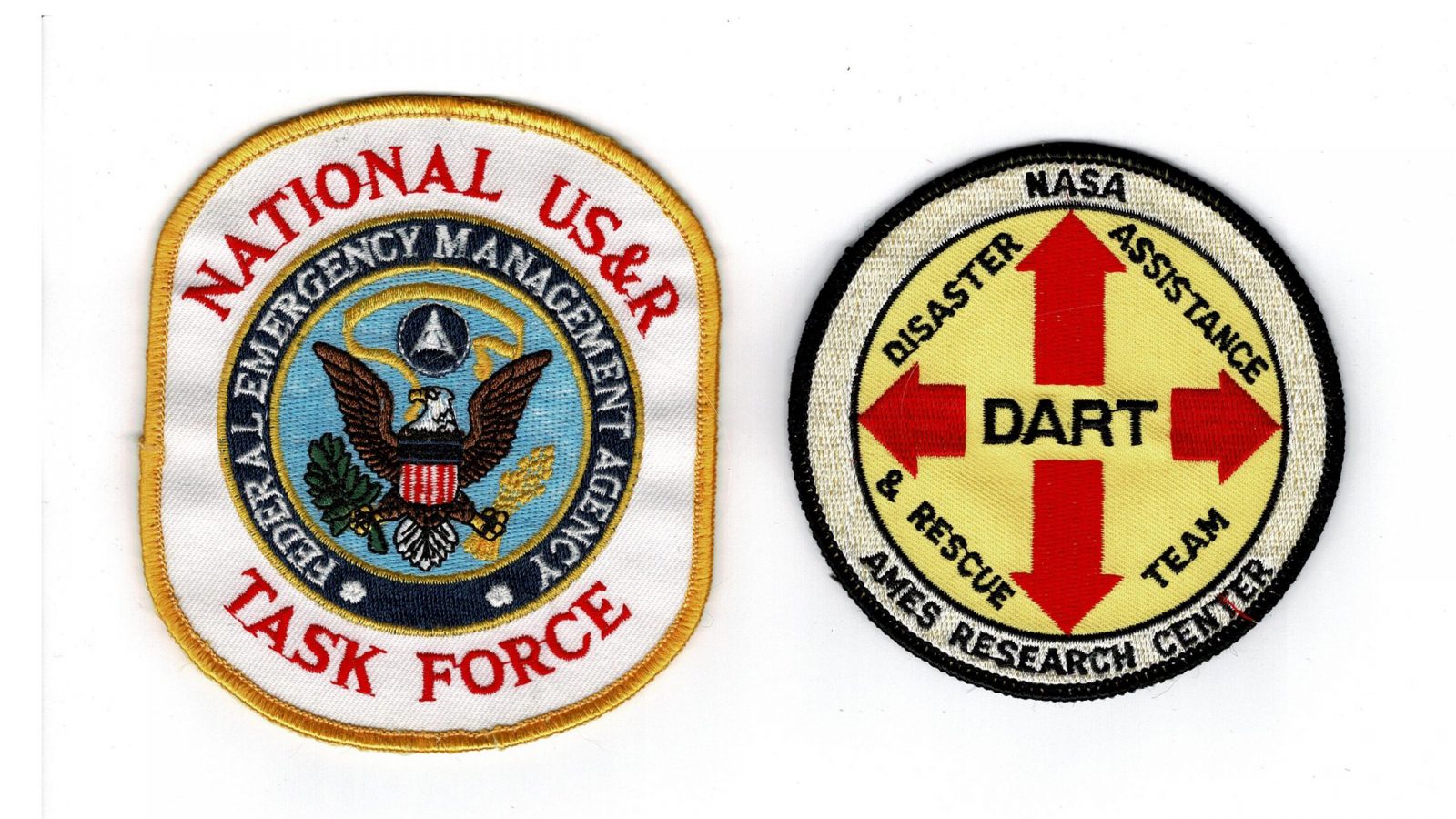
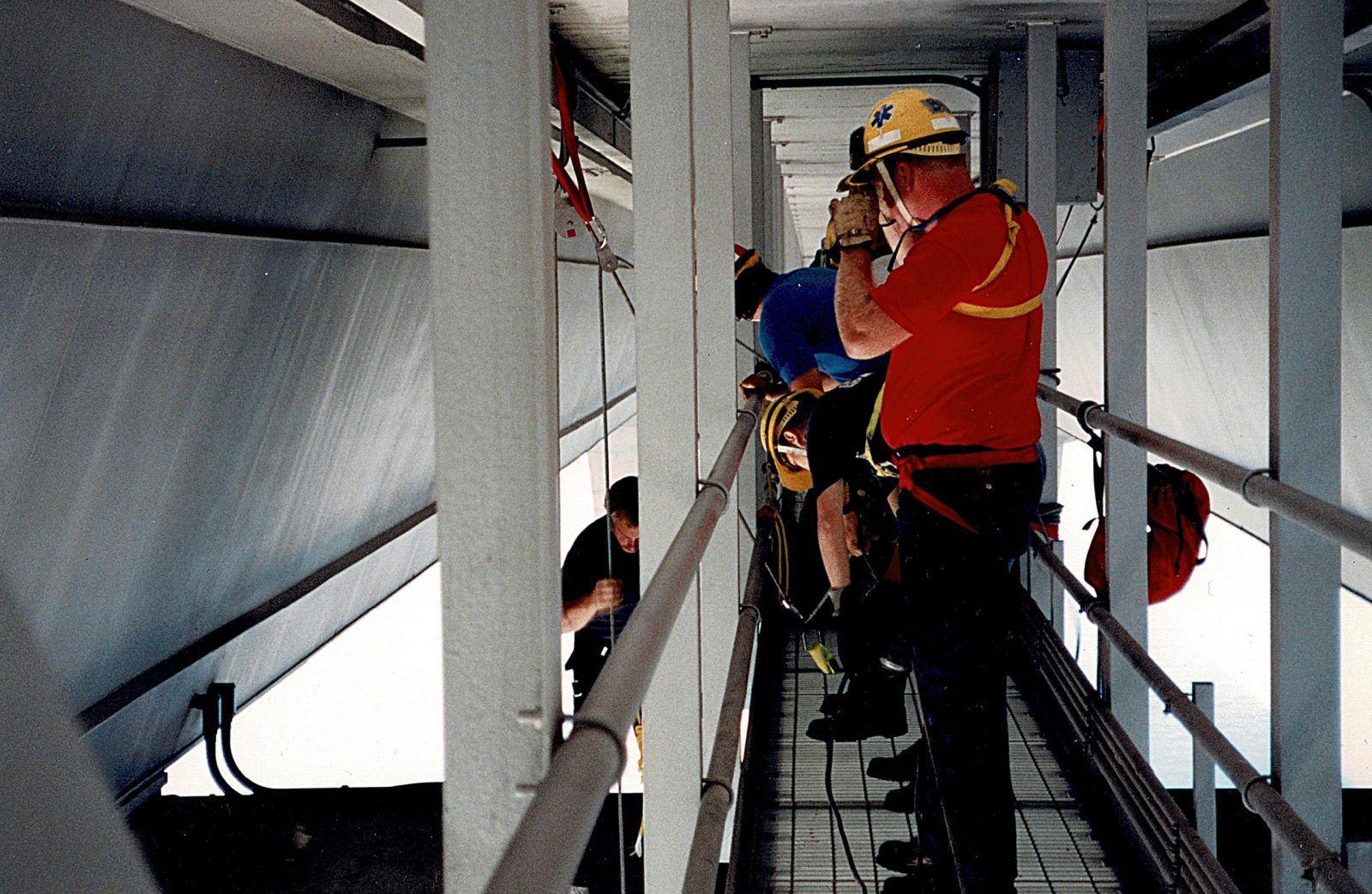
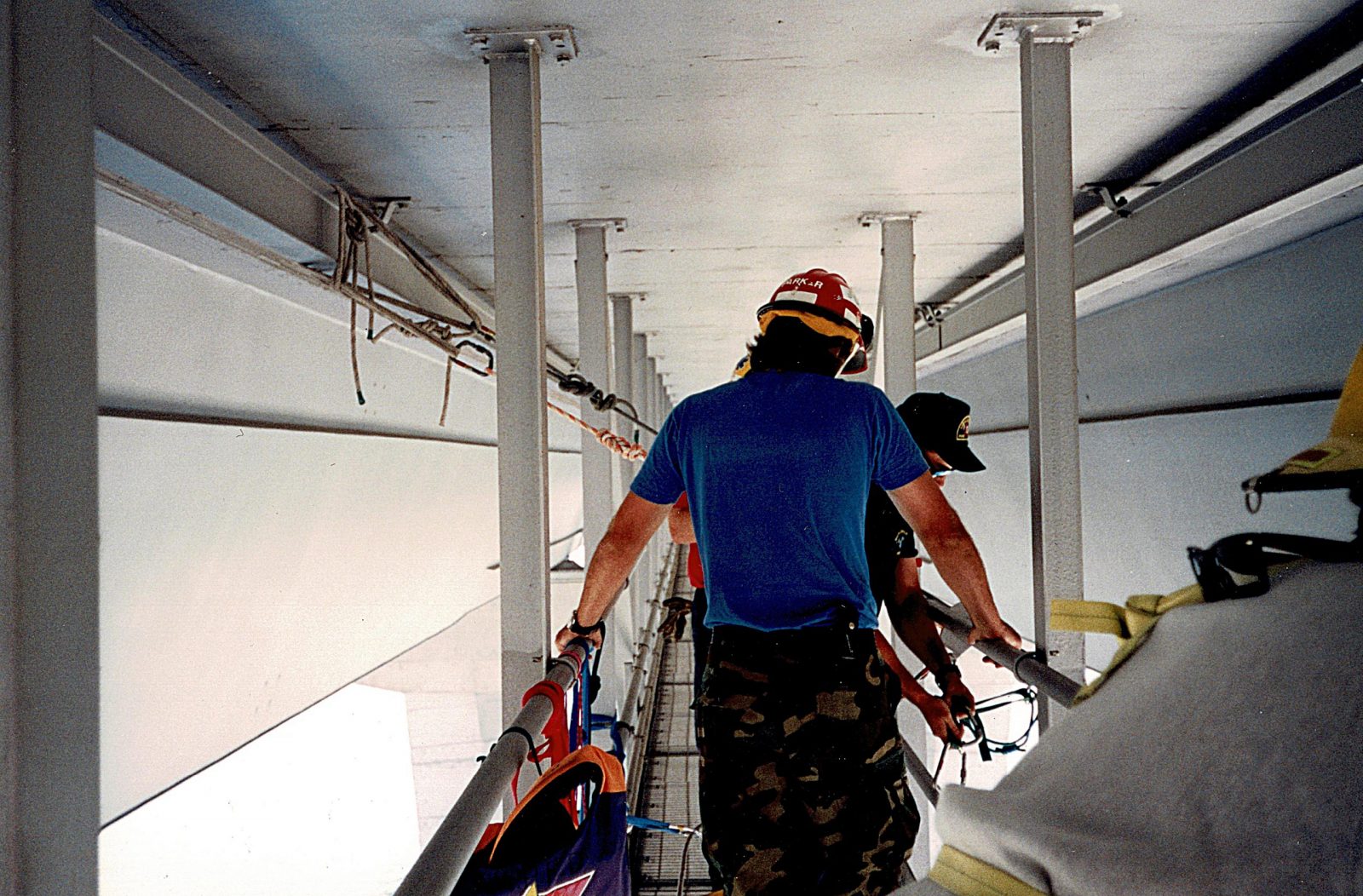
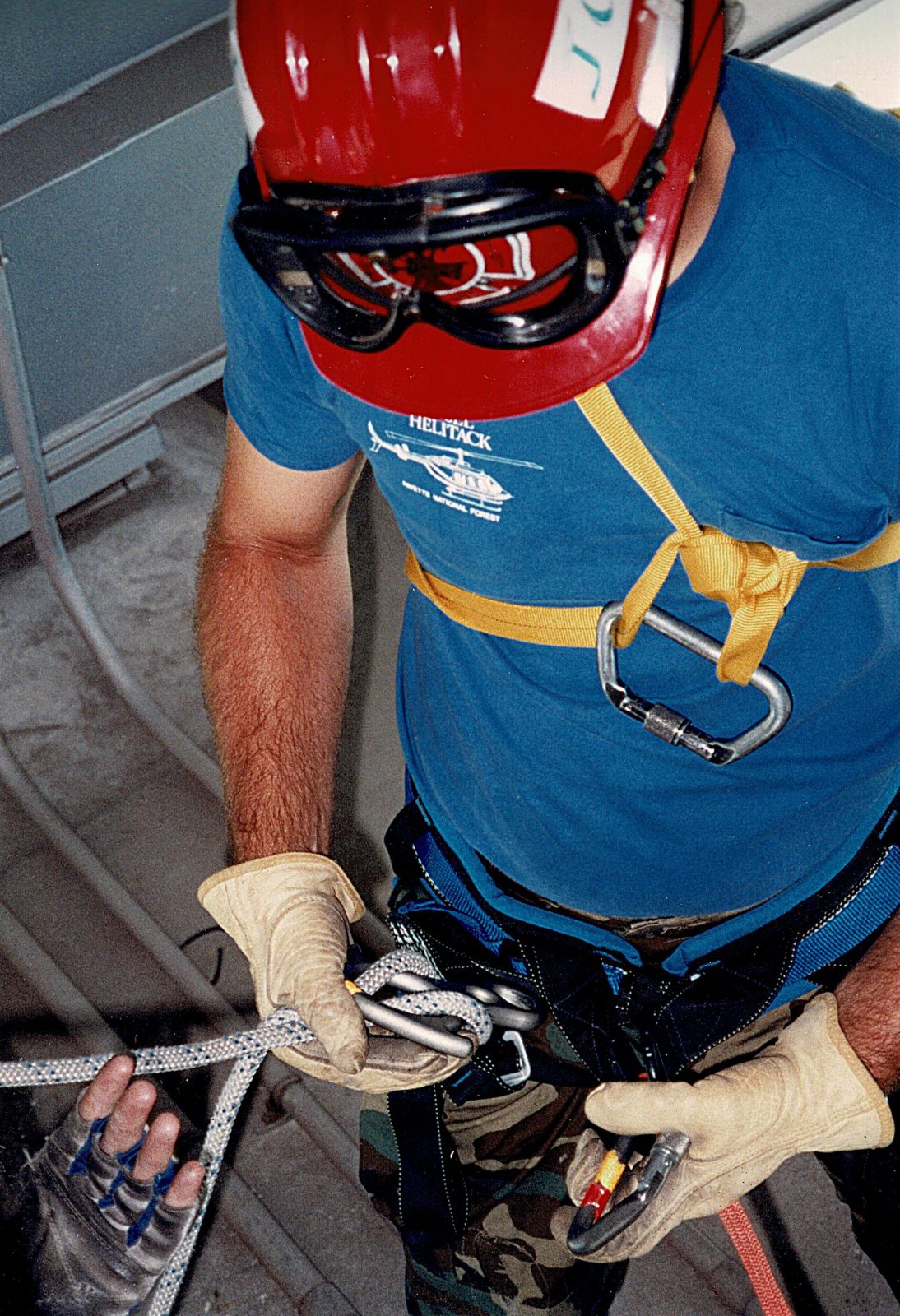
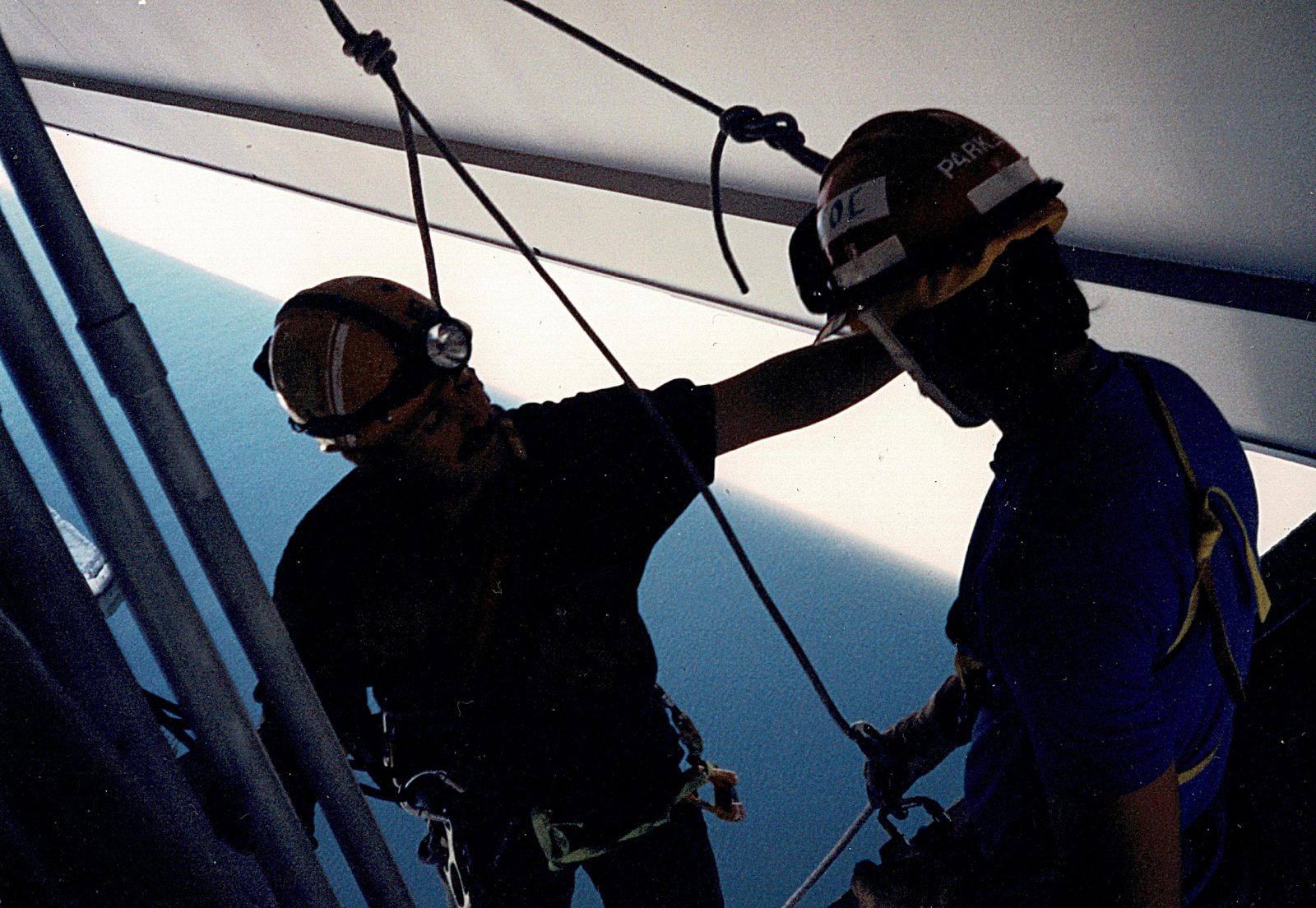
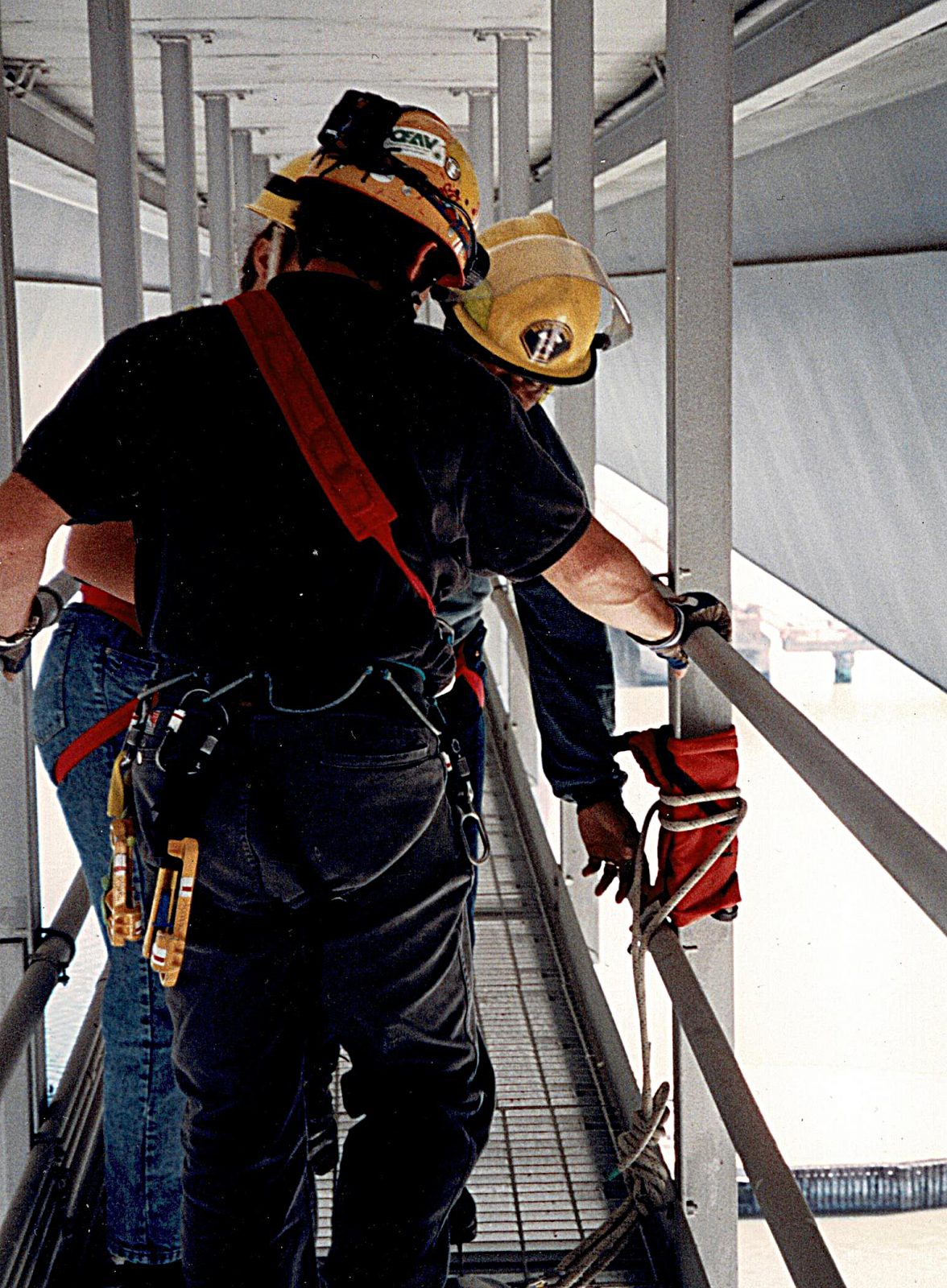
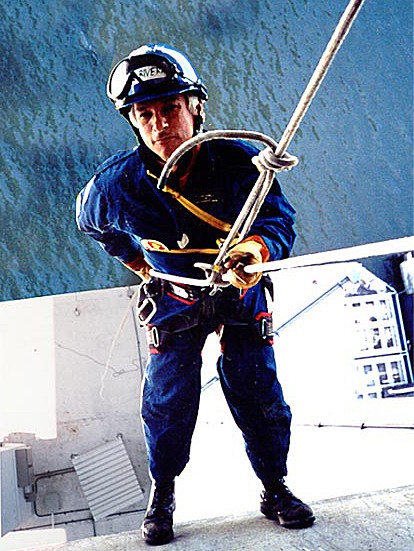
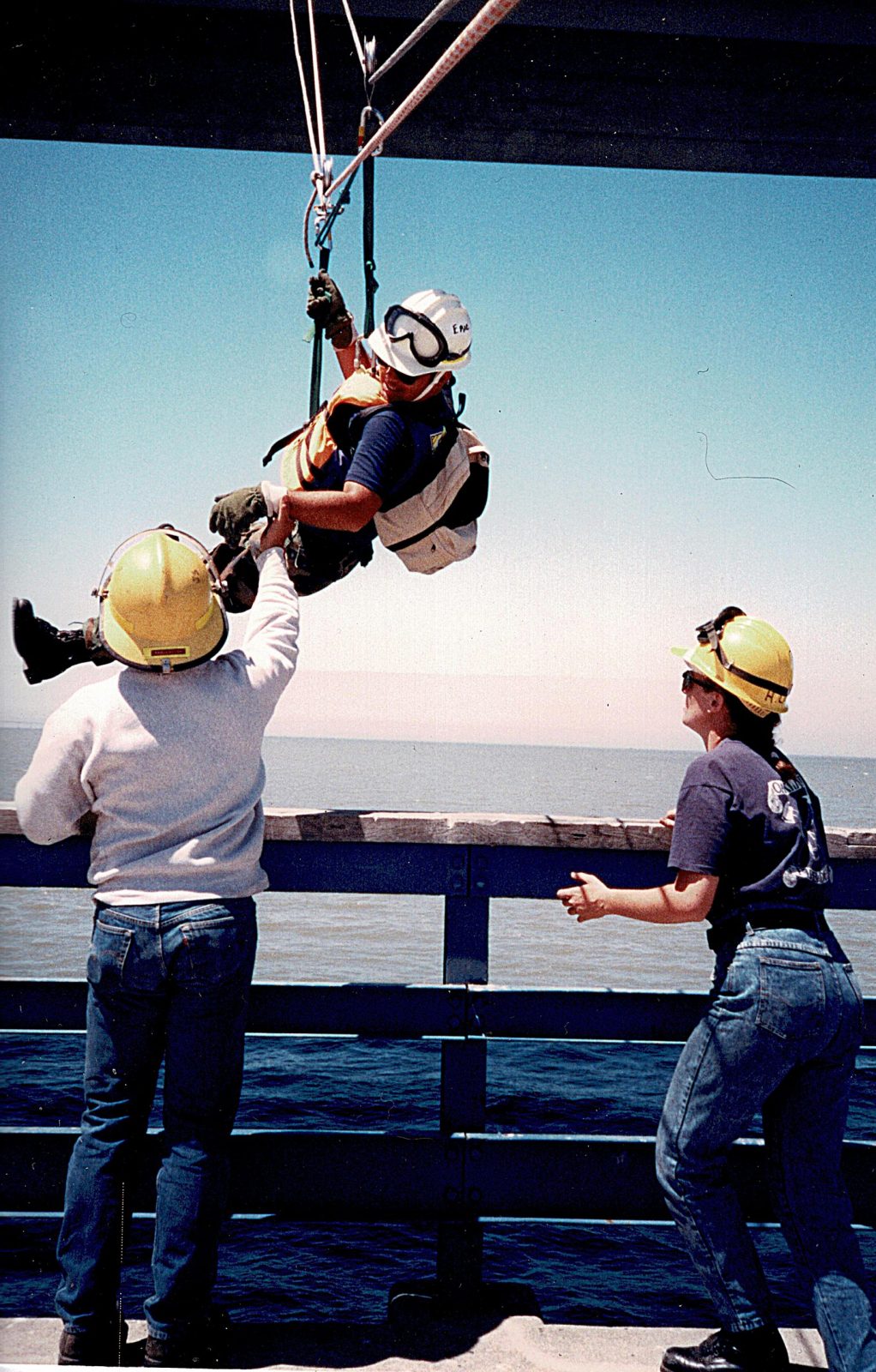
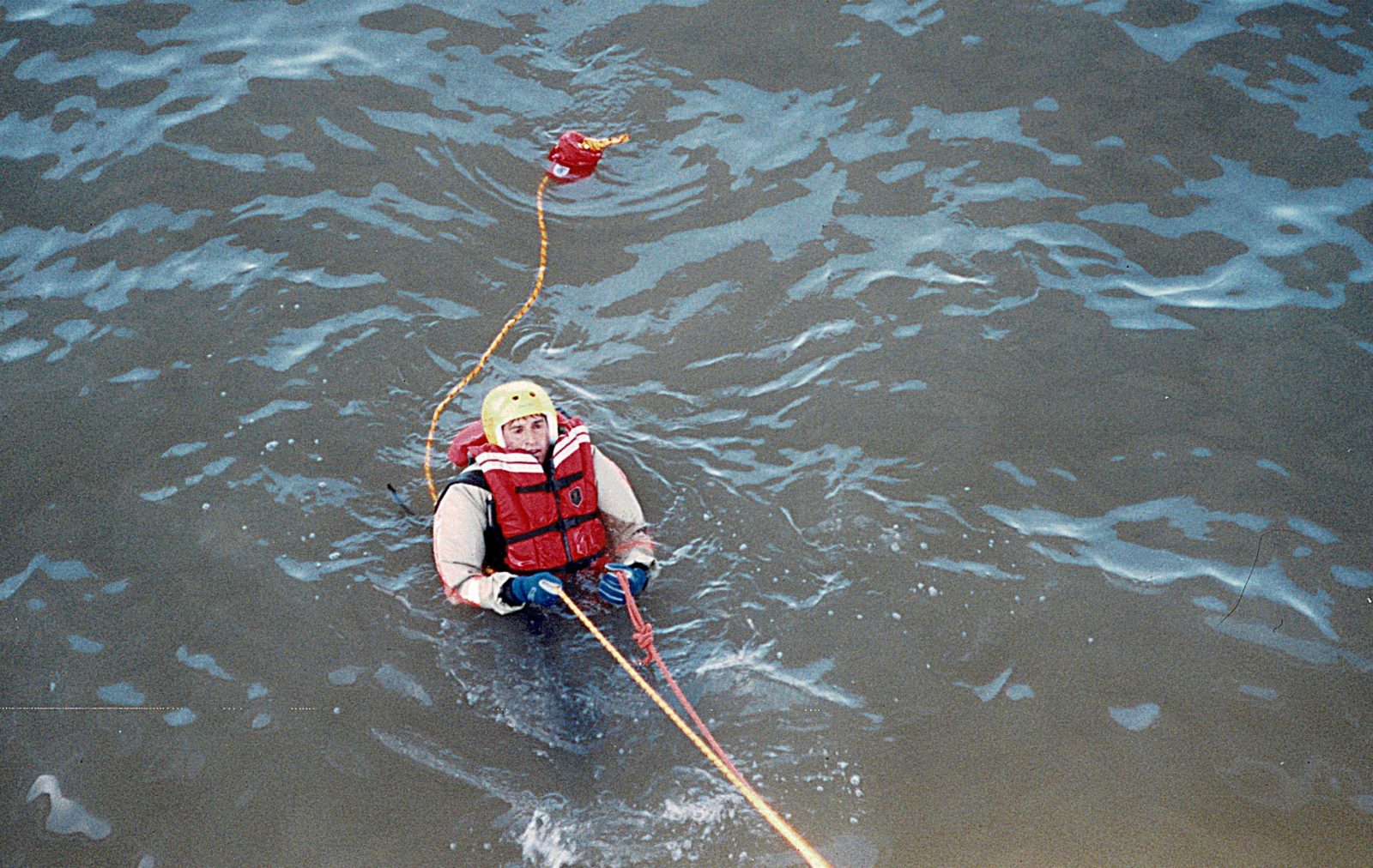
Urban Search and Rescue
There are a total of twenty eight Urban Search and Rescue (USAR) teams nationwide, and eight of them are here in California. They operate under FEMA, the Federal Emergency management Agency.
CA-TF3 (California Task Force 3) is one of those teams. The team is sponsored by the Menlo park fire district and is composed of firefighters and volunteers from the surrounding community.
I volunteered and became the teams first communications unit leader. I knew radio communications, but almost nothing about the skills required to be a functional member of the team. I was about to get my first introduction!
The instructors were all experienced firefighters, and experts in heavy rescue. I knew i was in good hands.
This was a rappelling practice session from the Dumbarton Bridge maintenance catwalk that runs under the roadway. The exercise took place at the highrise section which is 132 feet above the water. If you are new to rappelling, as I was, that’s a long way down!
The line used for high-angle rescue work is virgin static kernmantle nylon. Its rated for a 6000 pound load. That’s rated to support two rescuers and one patient on one line with a 10x safety margin. All of the equipment used has similar safety margins. Only specific knots are used in this work. Practice and attention to detail are critical.
Normally, we learned to self-belay, meaning that we used a single line and controlled our own decent. For this training session, we each had a second safety line attached to us that was manned my an instructor on the catwalk. That was to guard against anyone that panicked or forgot what to do on the way down.
For several years I was very active in two USAR teams – NASA DART, and FEMA California Task Force-3 (CA-TF3) where I was CA-TF3’s first communication unit leader. After I left, both deployed to the Oklahoma City Bombing and the New York Trade Center attack on 9/11.
Rappelling was part of the training required to become certified to the Rescue Systems-1 level. This was actually beginner-level training. Here, we are using the high rise section of the Dumbarton Bridge to practice the basics. It was a great long way to that concrete below, but I’m hooked to two separate rope systems – each rated for a 600 pound load, with a 10x safety factor. I’m controlling the rope I’m holding on to (self belaying) and a second person is controlling the second line as a backup.
Once you master the basics then the drills become more and more complex – pick off an injured person half way down, assess his injuries, render first aid, package him in a stokes stretcher, then lower him down. What’s that you say? There’s a HAZMAT spill directly below and we can’t bring him back up either? No problem. Rig another rope system and bring him out sideways.
There were two safety instructors on the footing to insure that we didn’t end up in the water…
And another rescue swimmer in the water…